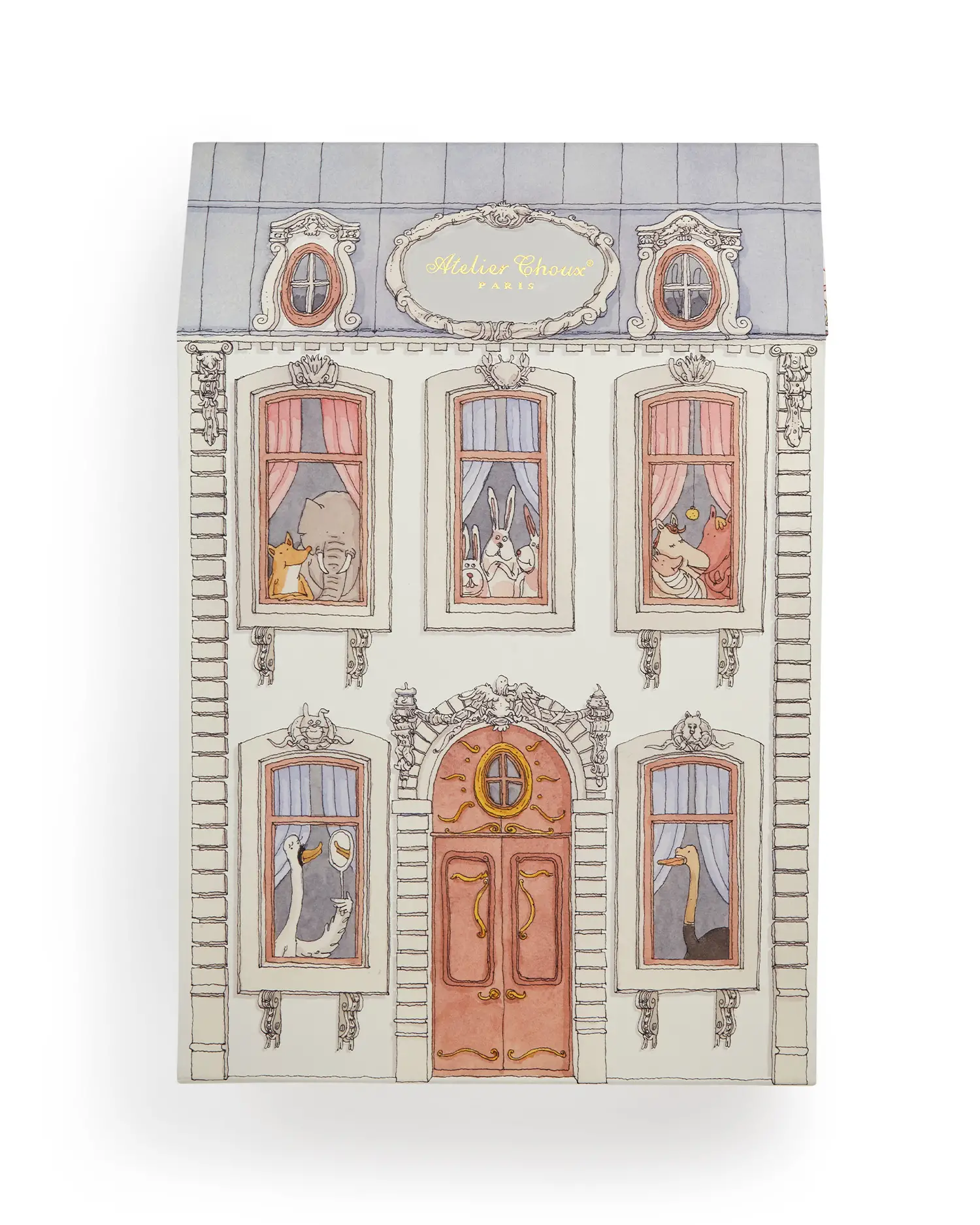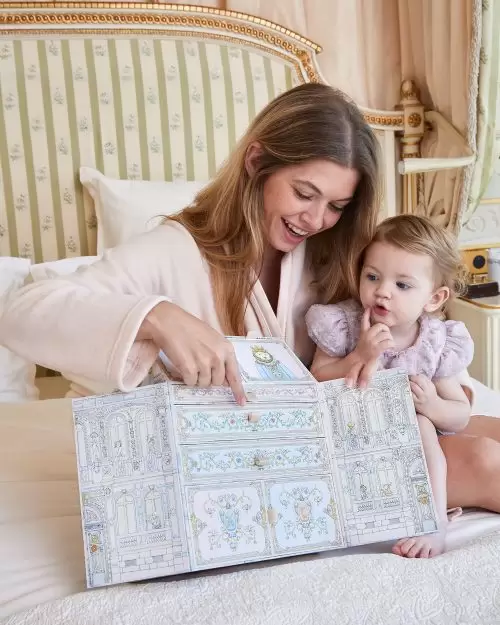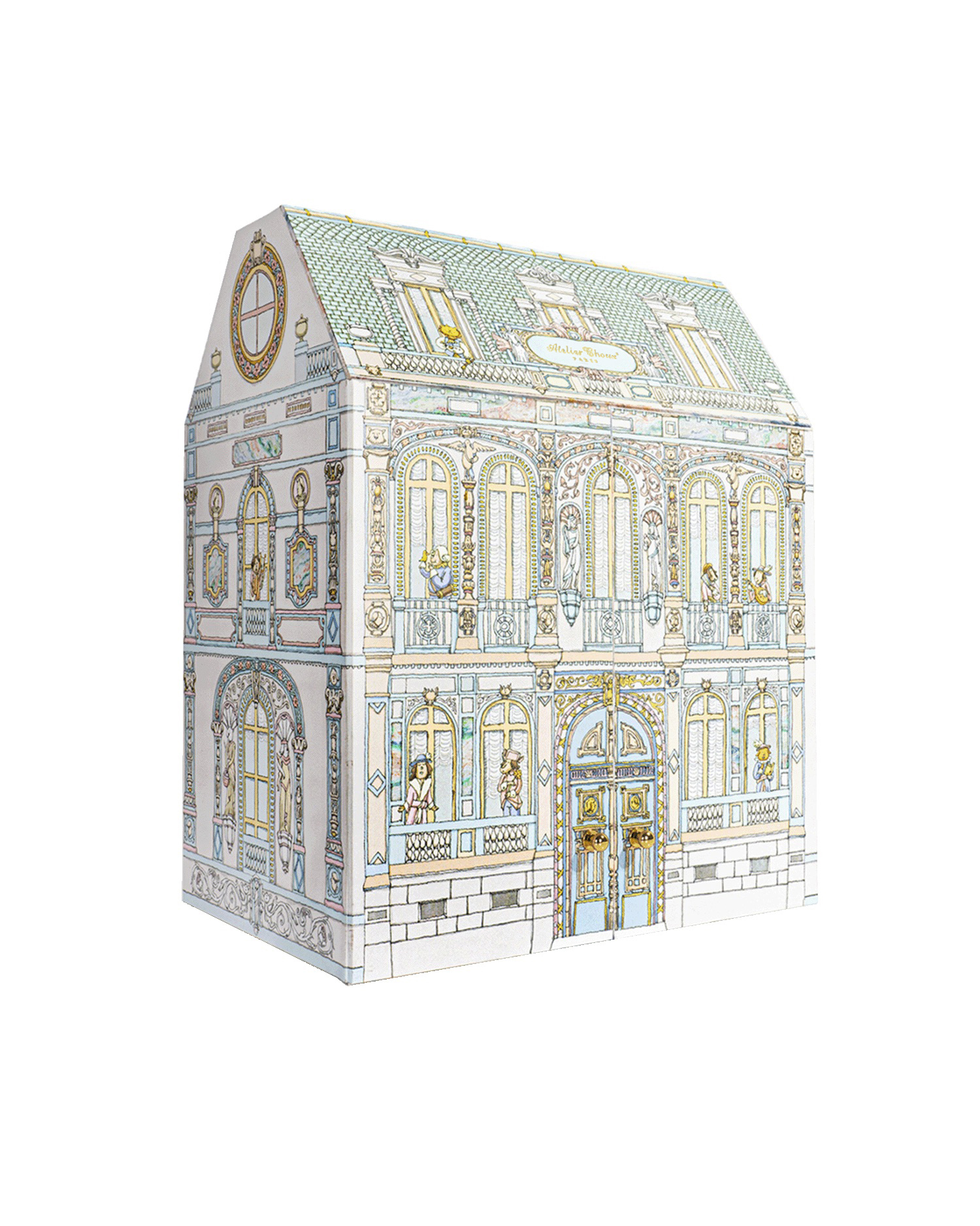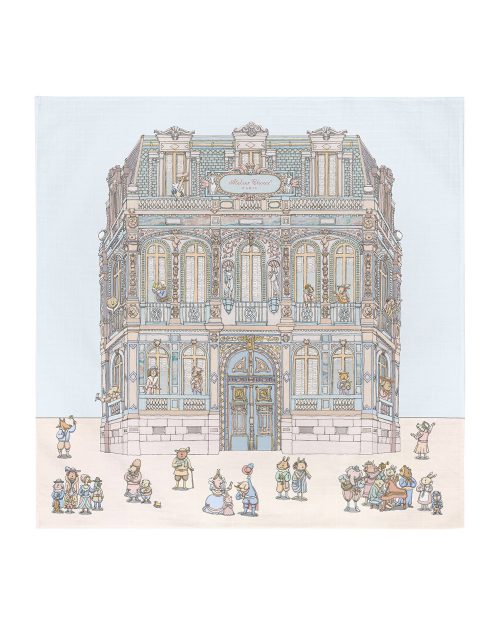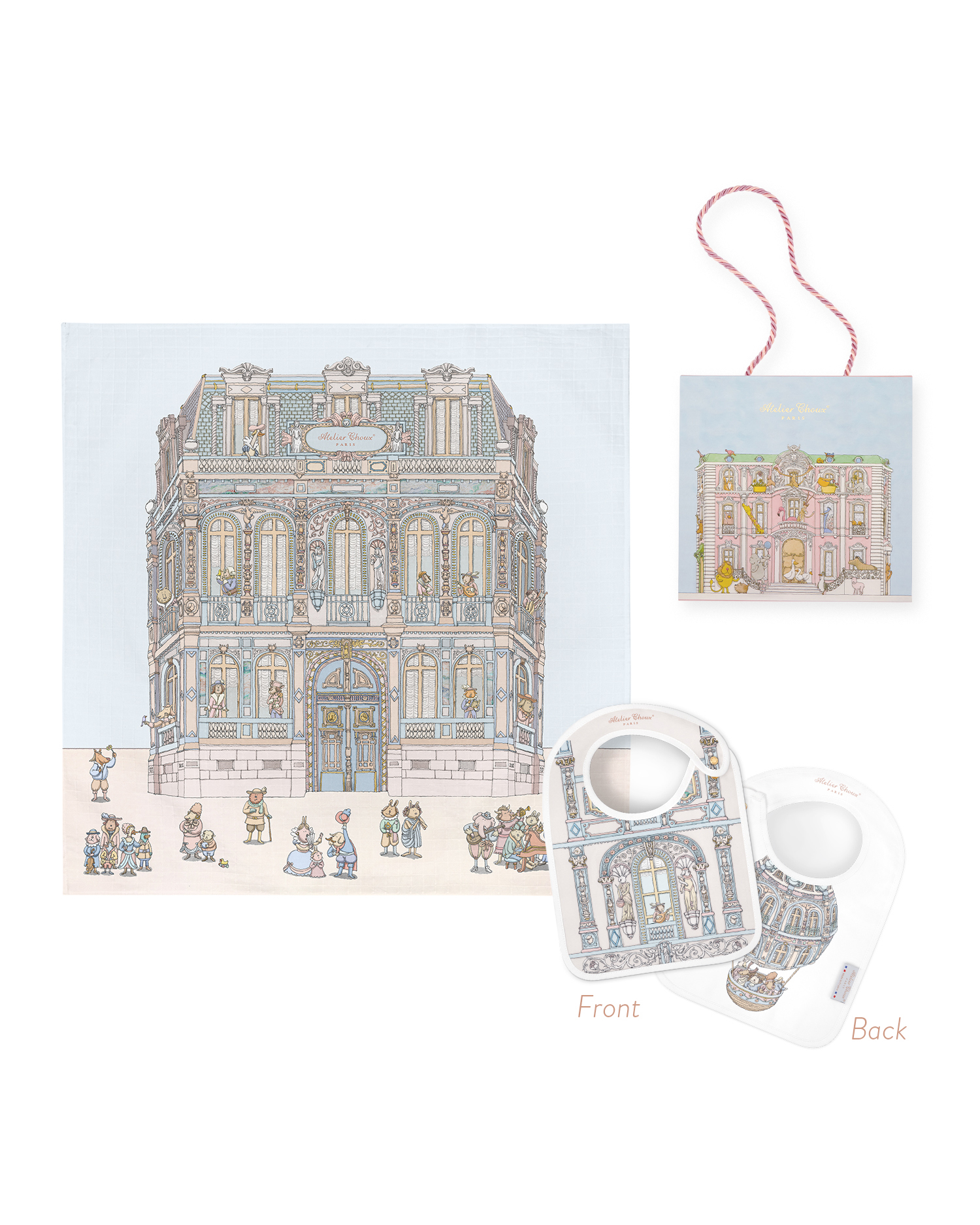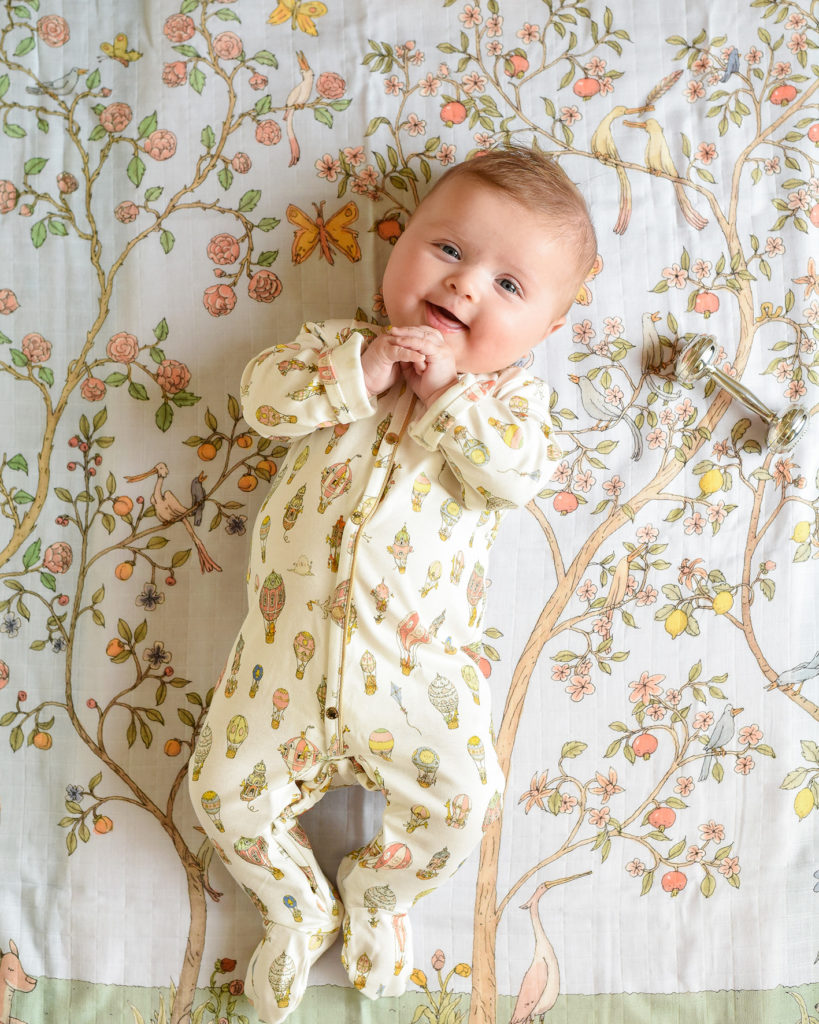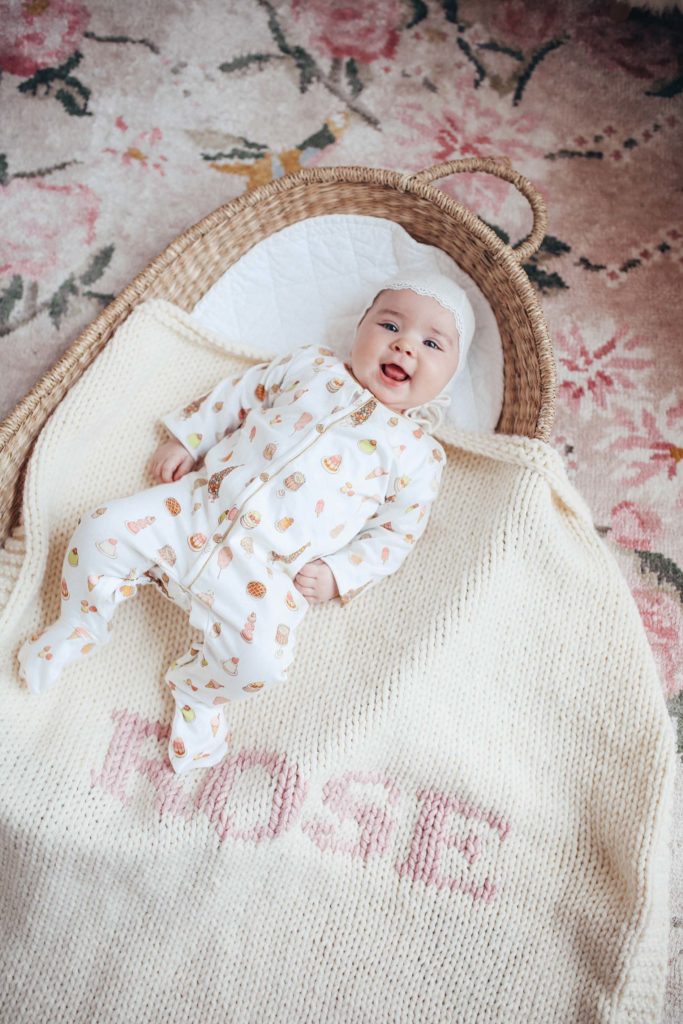Guide to buying baby clothing
Shopping for baby clothing can be fun and exciting, but not always straightforward. Couples, who are expecting their first child, are often confused when it comes to what to buy for their babies. There are many types of clothes with different functions, and so it can be puzzling or even overwhelming to plan for the baby’s wardrobe. Here is a guide intended to help you to shop smart, with a few things to remember when you do your shopping:
Fabric/material
Babies have very sensitive skin, and they will need time to adapt to wearing different materials. It’s better to pick clothing made of soft, elastic, and breathable fabric, like cotton, to reduce the chances of irritation. Another tip on choosing the fabric is to pick the wash-easy ones. Babies may spit up and parents will have to change and wash their clothing a few times a day. It’s better to choose resistant materials that won’t break or rip easily. Our clothing line for babies under 6-month-old is entirely made of organic cotton for the above reasons. To read more about our quality standards, click here.
Go for the larger size
It happens very often when people are choosing baby gifts for whom they may not even have seen, and so it can be difficult to guess their sizes. If you are torn between two sizes, go for the bigger one. Newborn babies can grow really quickly, buying one size up lets them enjoy the clothes just a little longer. There are also websites out there to help you predict the baby’s size if needed.
Gender-neutral clothes
Whether you are shopping to gift your friends or family who are expecting, or even for yourself, pick a few gender-neutral clothes or prints to make sure it won’t go wrong. They are also more sustainable than other stereotypically gender-defined colors, like pink or blue, if you plan on having more children later and that you can reuse them. There is nothing wrong with boys wearing pink or girls wearing blue. In fact, we have been trying to break this assumption. Unisex prints or colors, like white and cream, are just a fail-safe choice that will surely please.
Easy-to-change clothes
Newborn babies can be rather antsy and not always cooperative. Chances are, you’d want to buy clothes that have either snaps or zippers for a quick and easy change. Clothes with more details or are harder to put on or remove will take you more time, and possibly frustrate the little one, and that is exactly what we’d want to avoid. Some designs are particularly helpful, for instance, side-snap is great as you won’t have to struggle to put/pull the clothes over baby’s head. One-piece, like an onesie or a playsuit, is generally a go-to for new parents as they are easy to dress up.
Consider the season/Go for seasonless clothing
Buying clothes for babies may take some planning. You may have to calculate and estimate when will the baby arrive, and buy new clothes accordingly. If the due date is expected to be in December, for example, you may want to shop more spring and summer apparel from 3-month onwards. Another foolproof way to shop is to opt for seasonless clothing where the baby can wear all year round. Atelier Choux’s approach follows the latter, easing the idea of “seasonal clothing”, and create a permanent collection of long-lasting baby and toddler clothes that can be worn at all times. Click here to check out our clothing range.
Focus on the essentials
Besides onesies and playsuits, there are other must-haves for newborn babies that will make a big difference. Bibs, hats, booties are not-to-be-missed. As mentioned, babies can spit up a lot, and you will quickly discover how useful it is to stock up bibs and always have one in hand. Hats will help keep warm and the same for booties. We will launch new hats and booties soon. Meanwhile, click here to discover and shop our bibs.
Layer and not overdress
One thing to avoid is to overdress your baby. The body of a newborn baby will learn how to regulate temperature itself. Having said that, you still need to dress your baby properly. Instead of buying heavy and woolly clothes for winter, for example, layering with light clothing or even light blankets is better. It allows you to dress and undress the baby perfectly adapted to the weather. Light clothing is generally more sustainable as it can be used on more occasions than other season-defined clothing like wool.

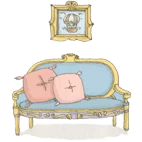 Home Decor
Home Decor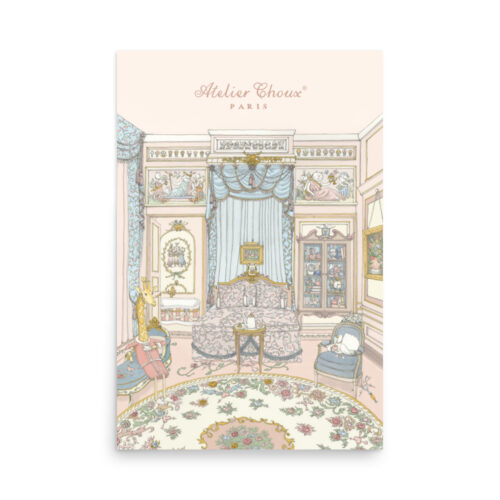

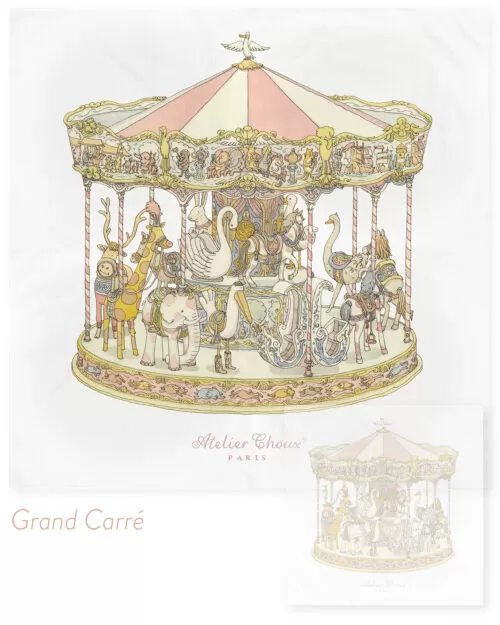
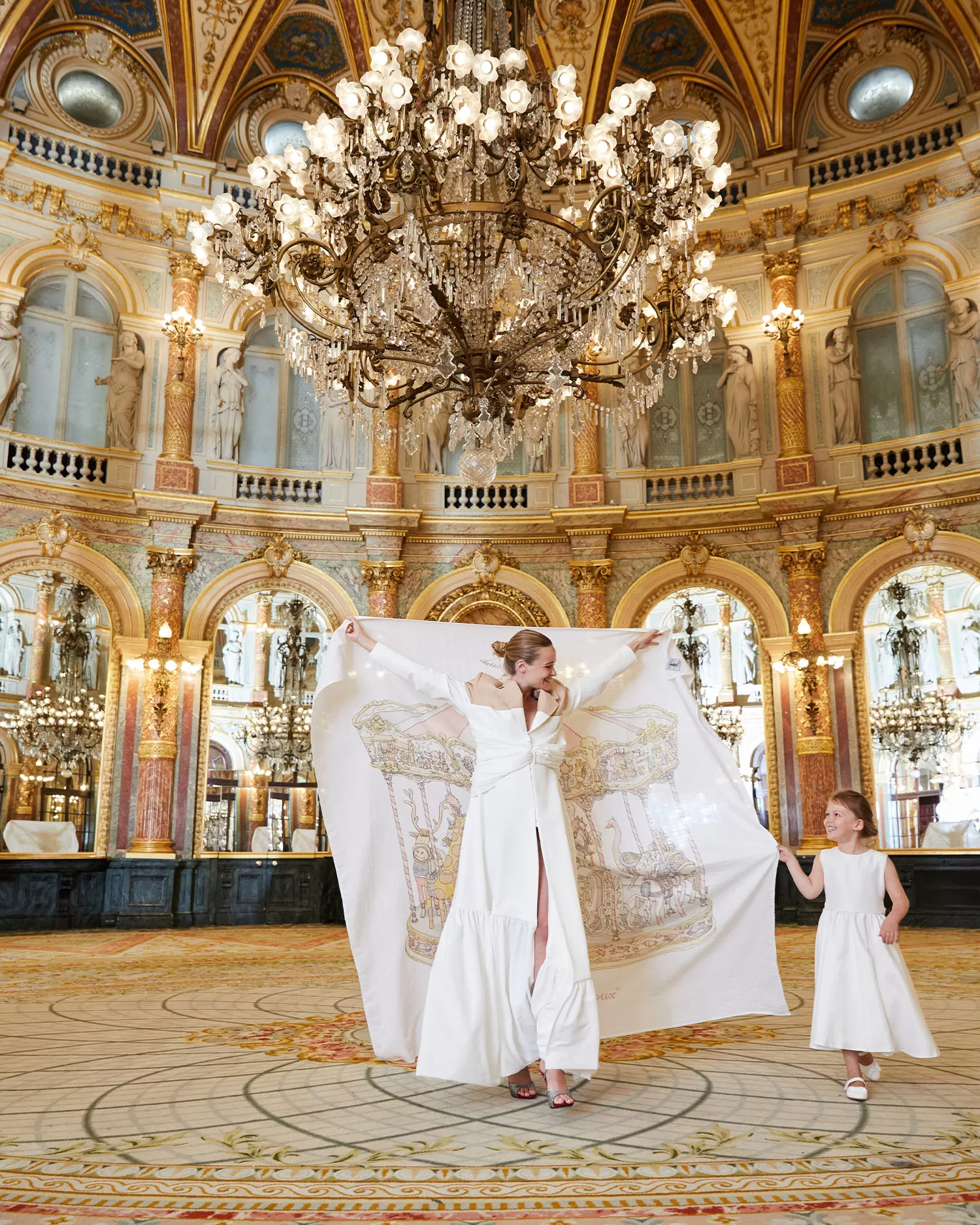
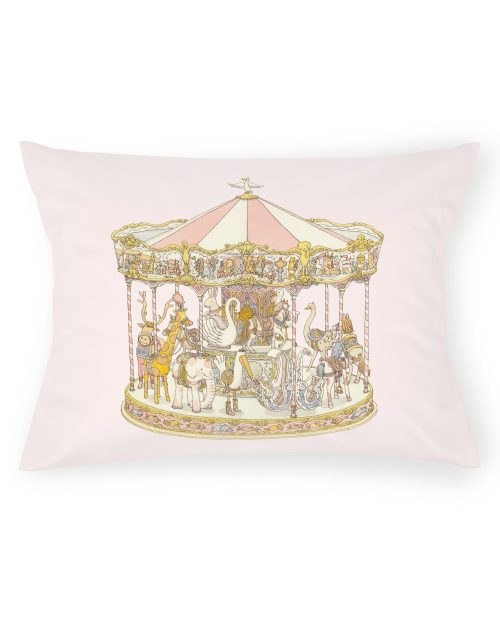
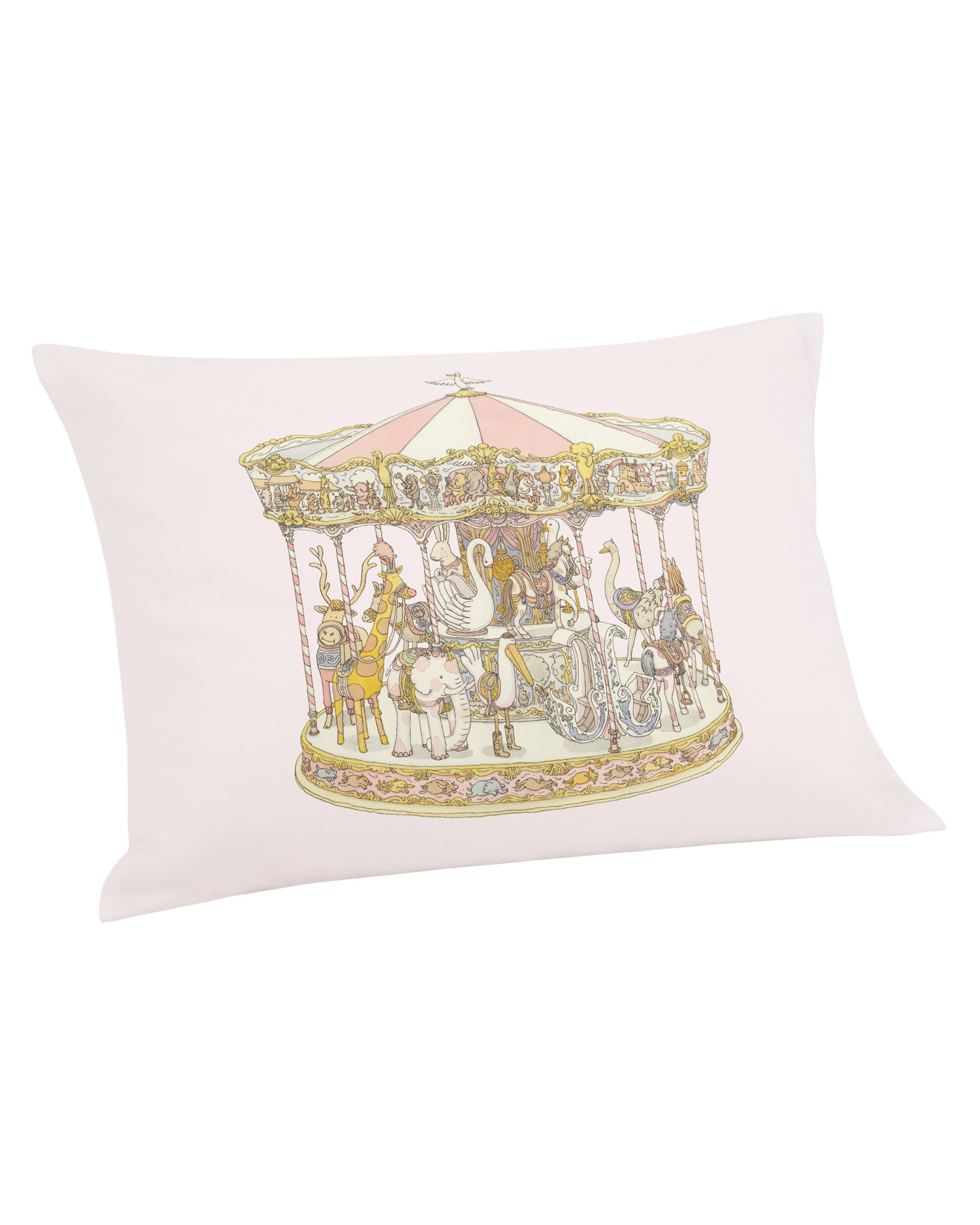
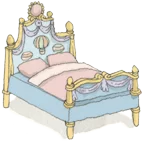 Bedding
Bedding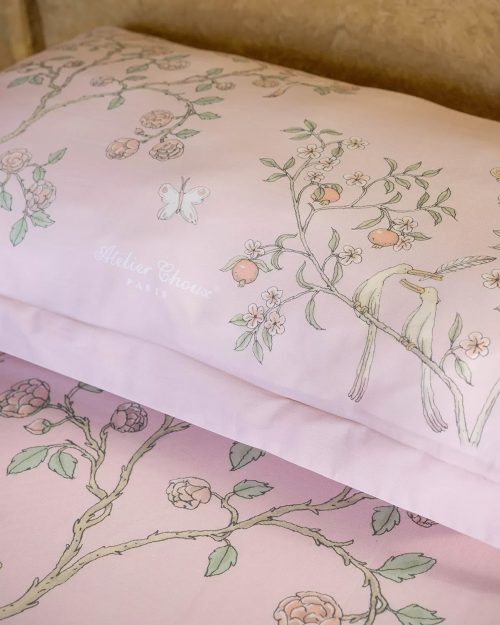
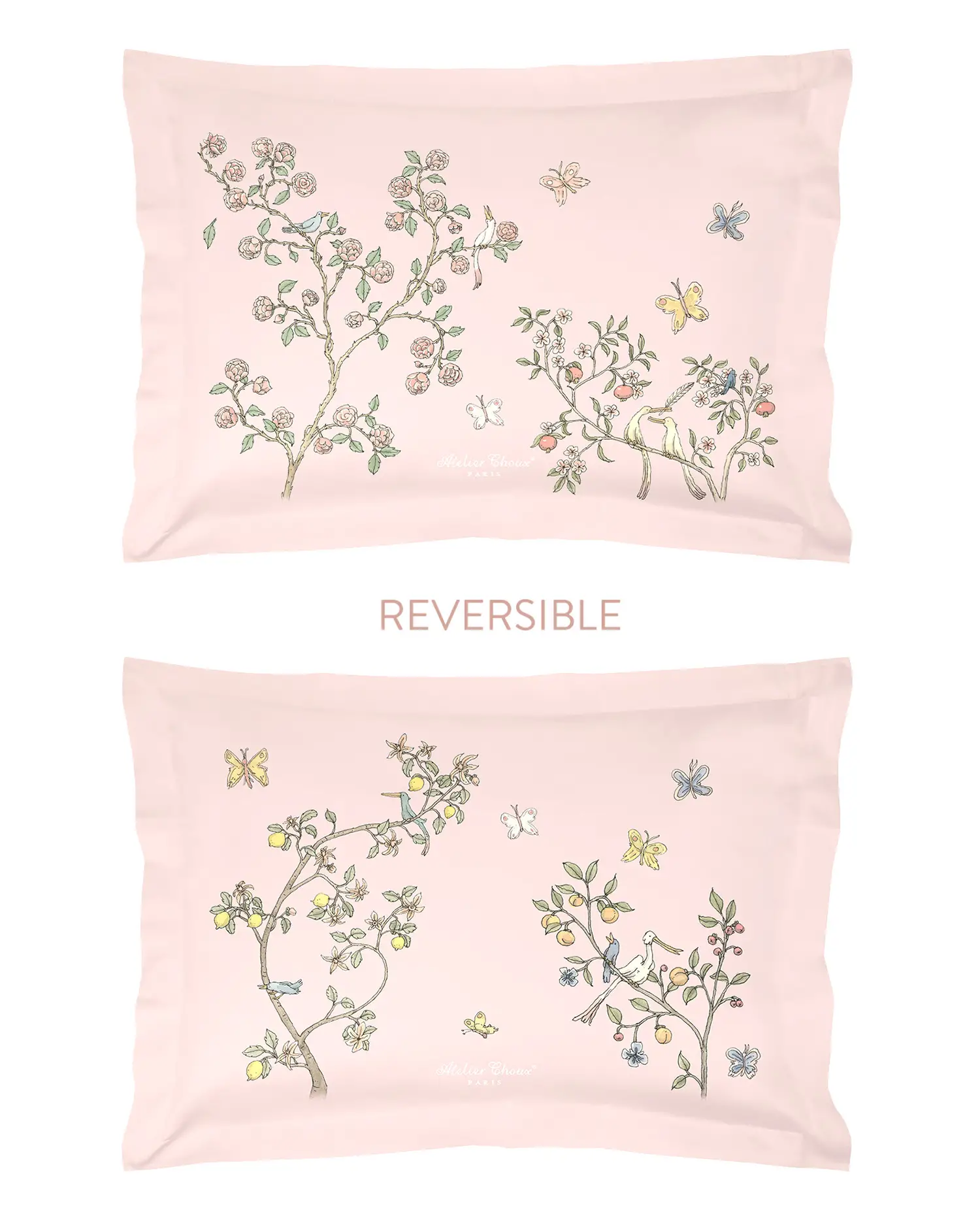
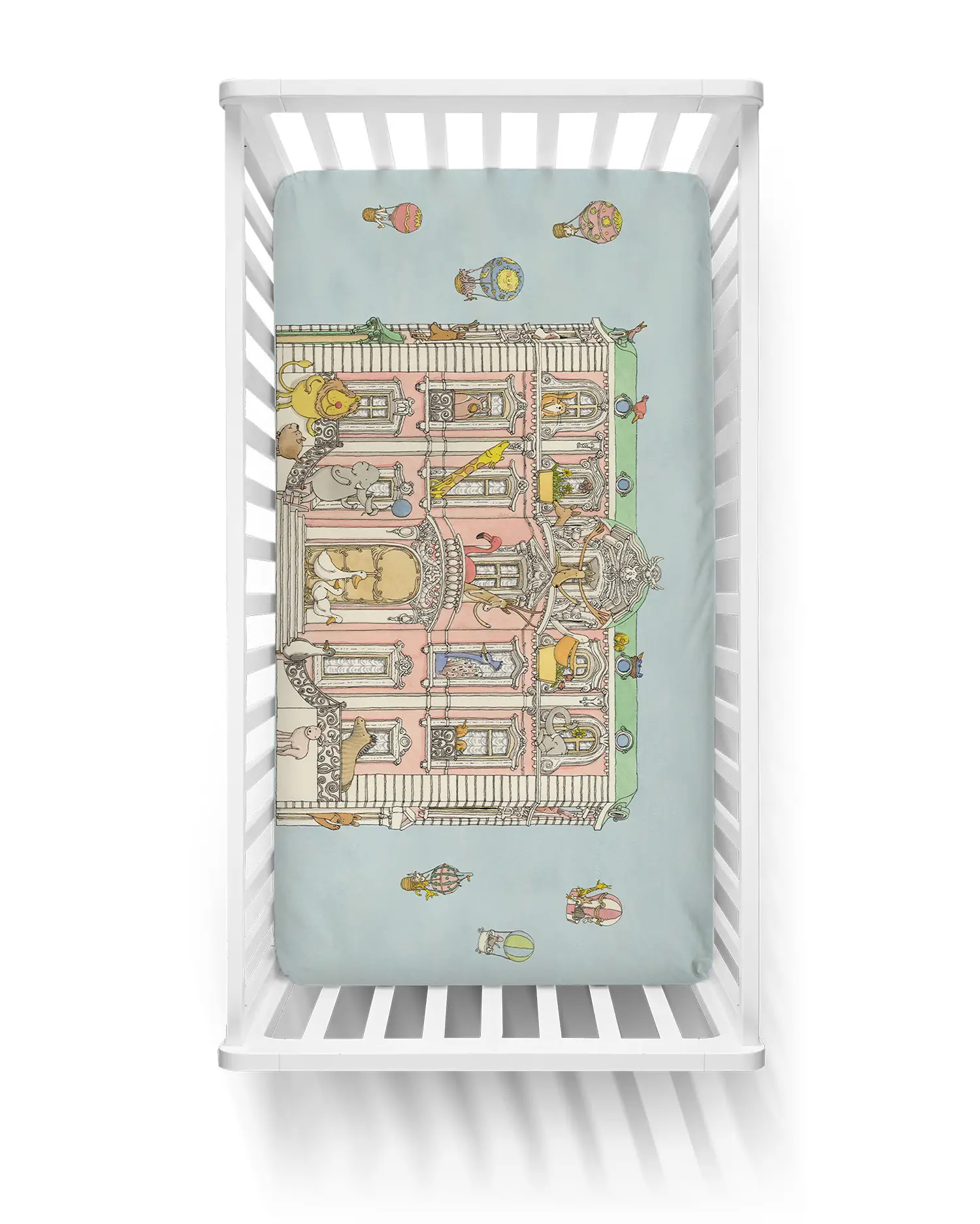
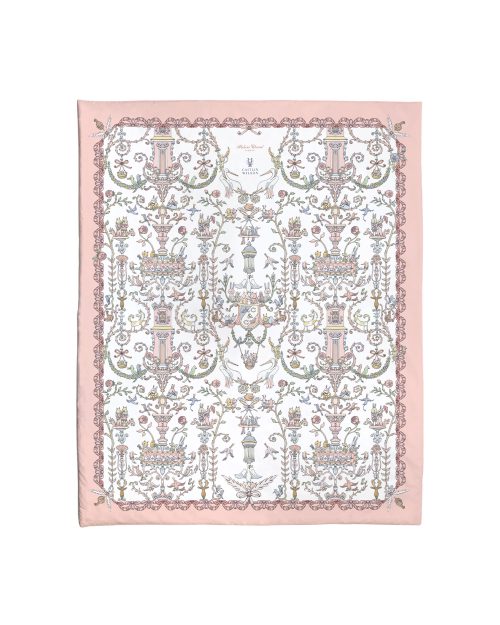
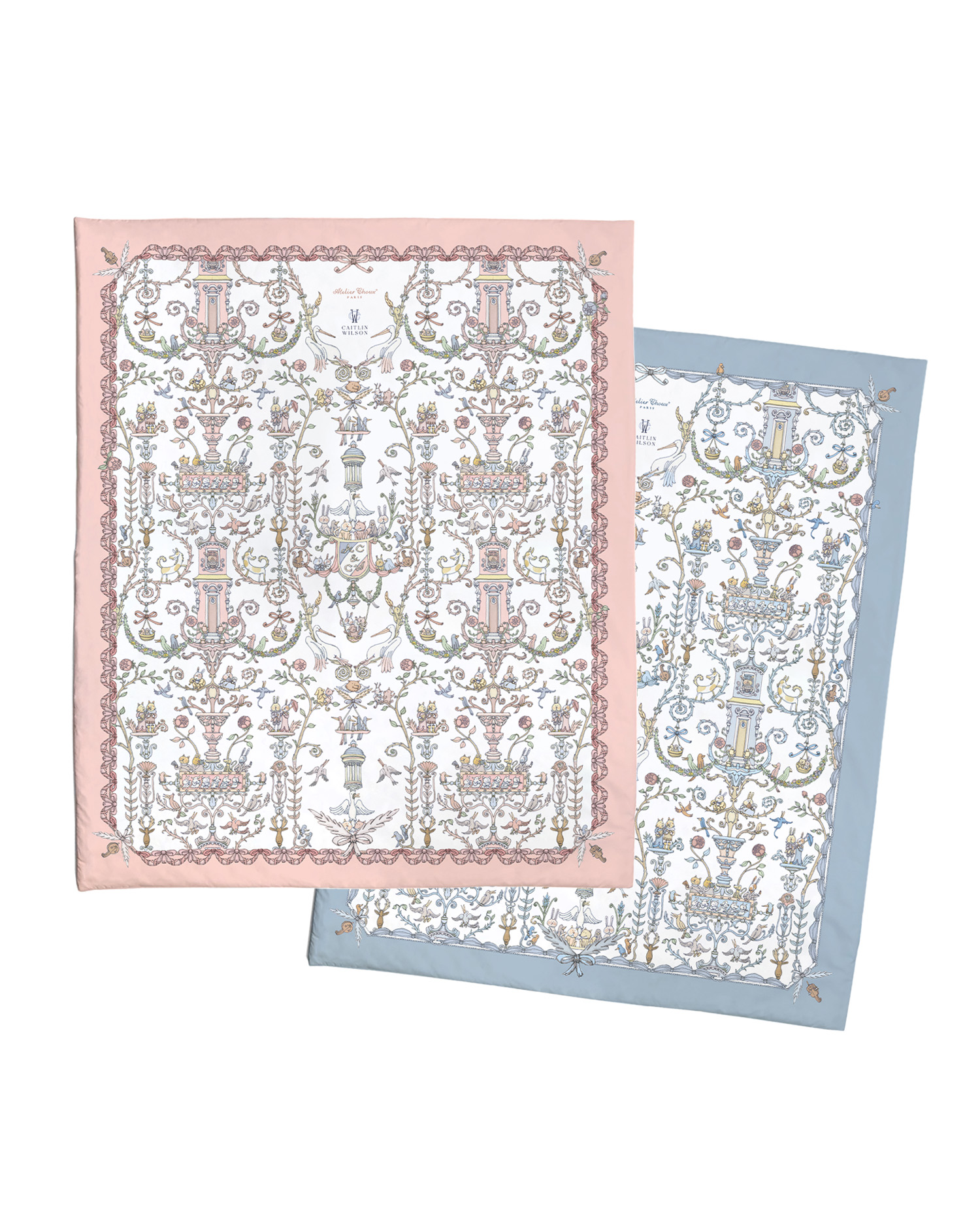
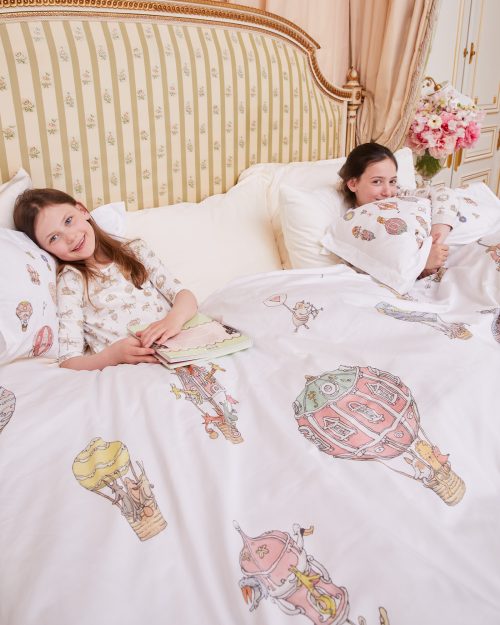
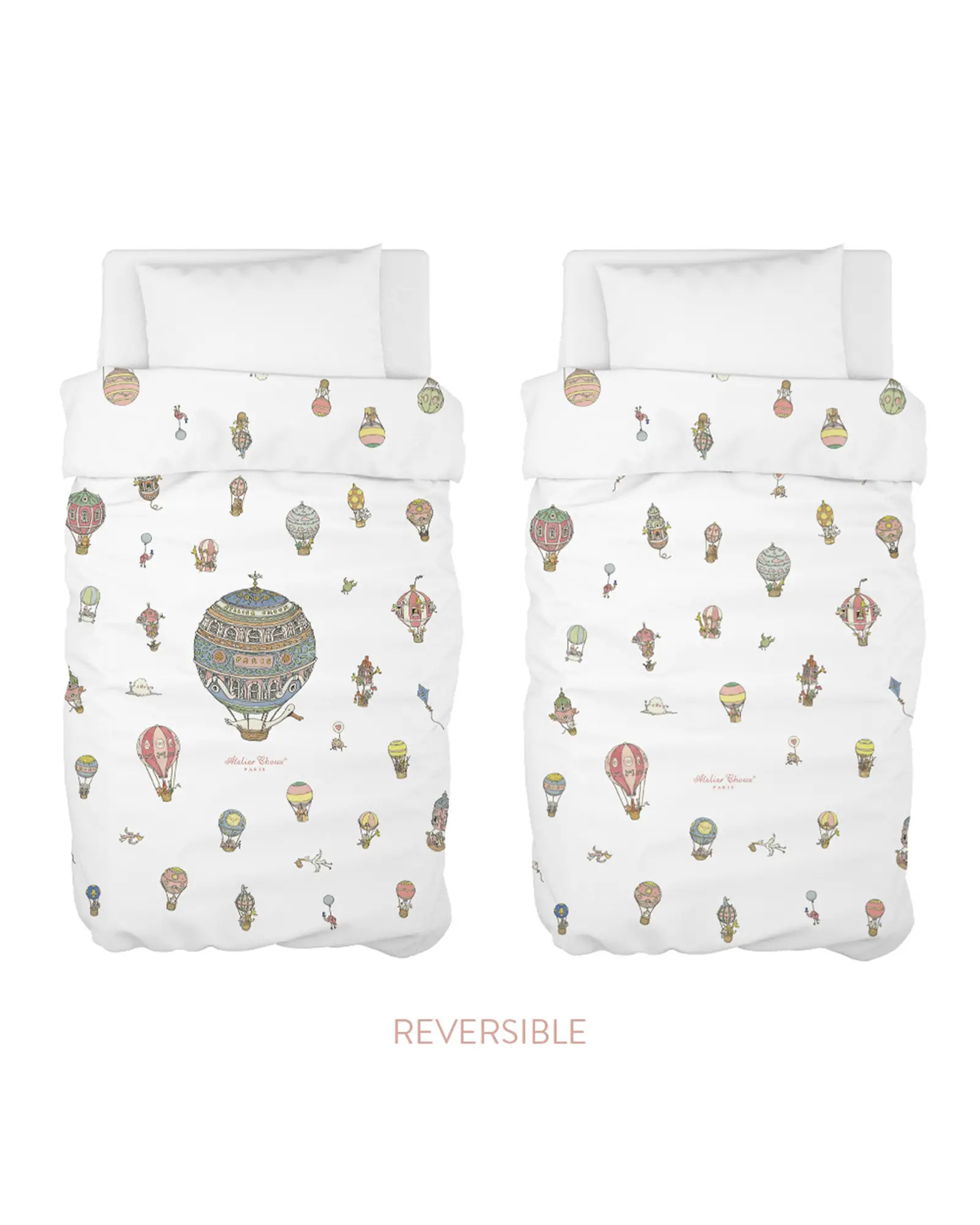
 Party
Party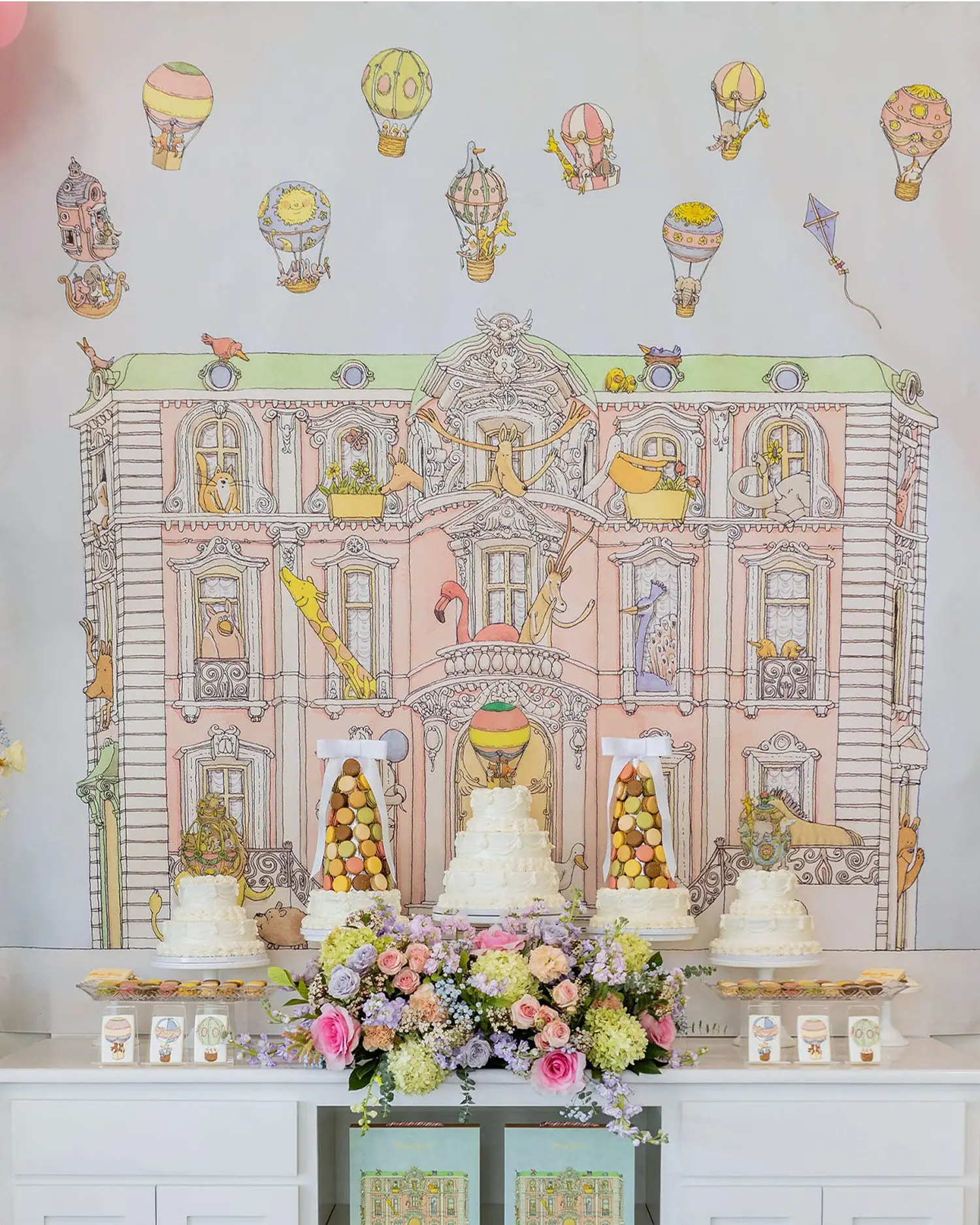

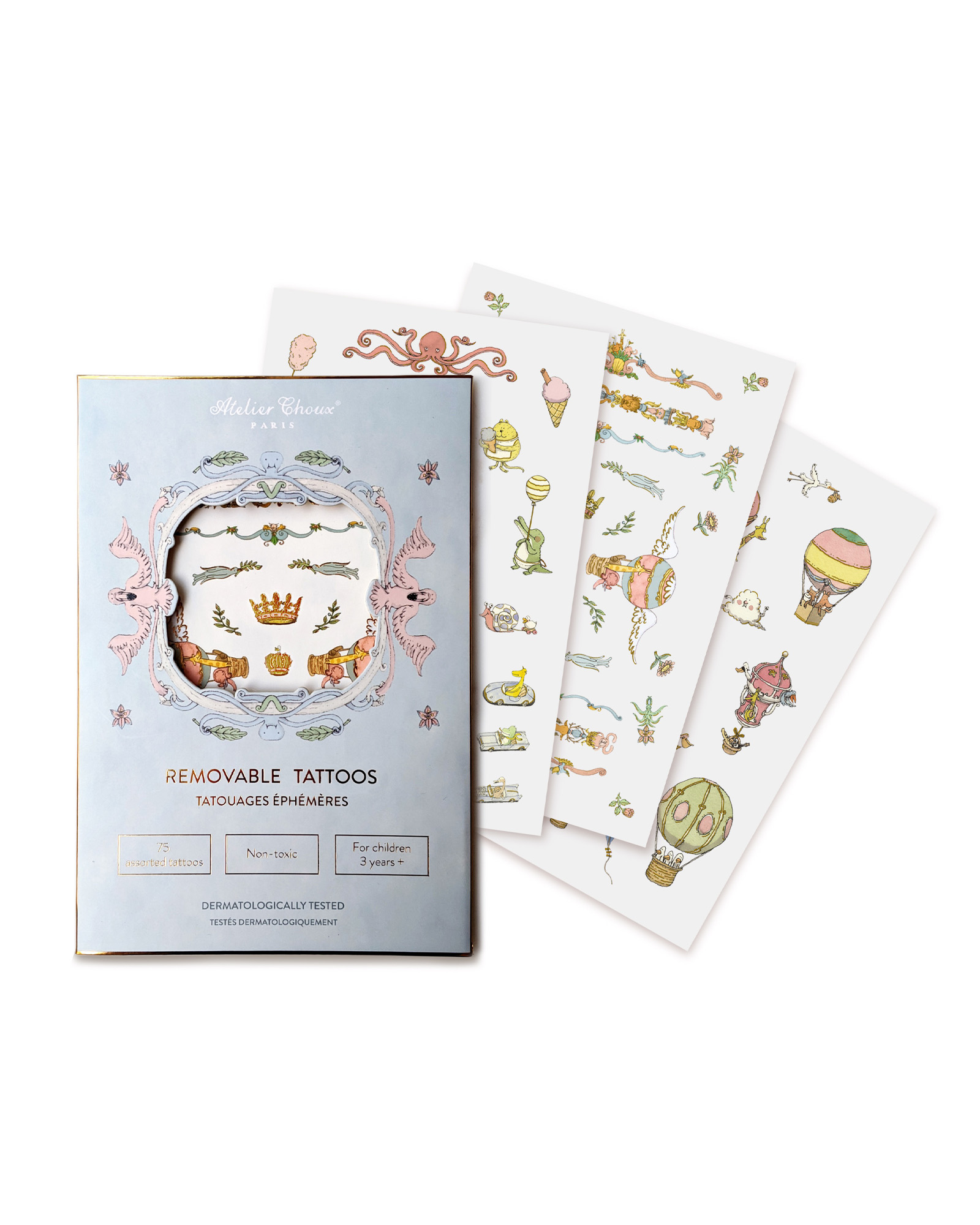
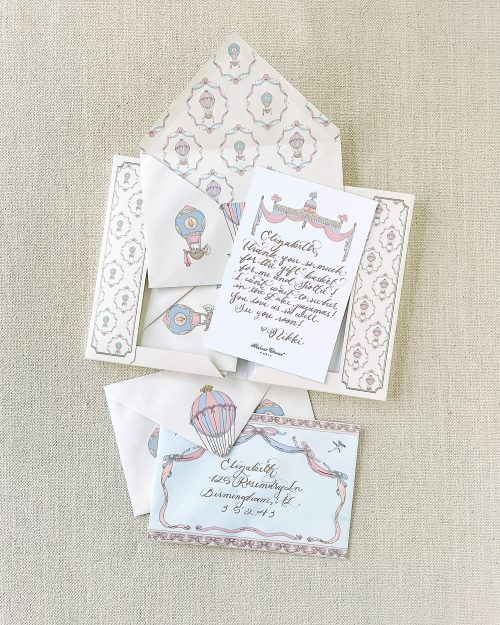

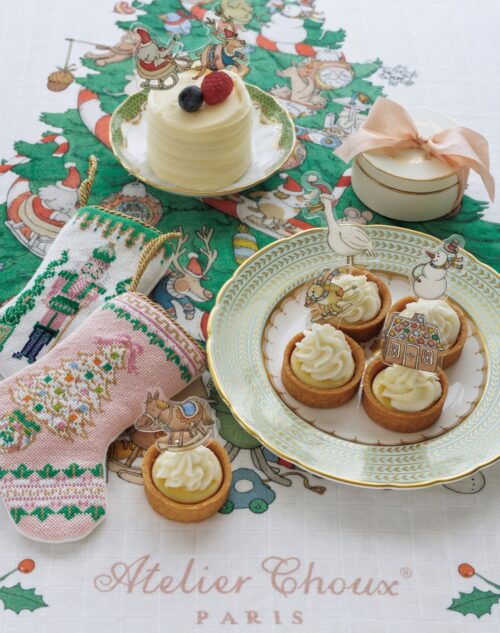
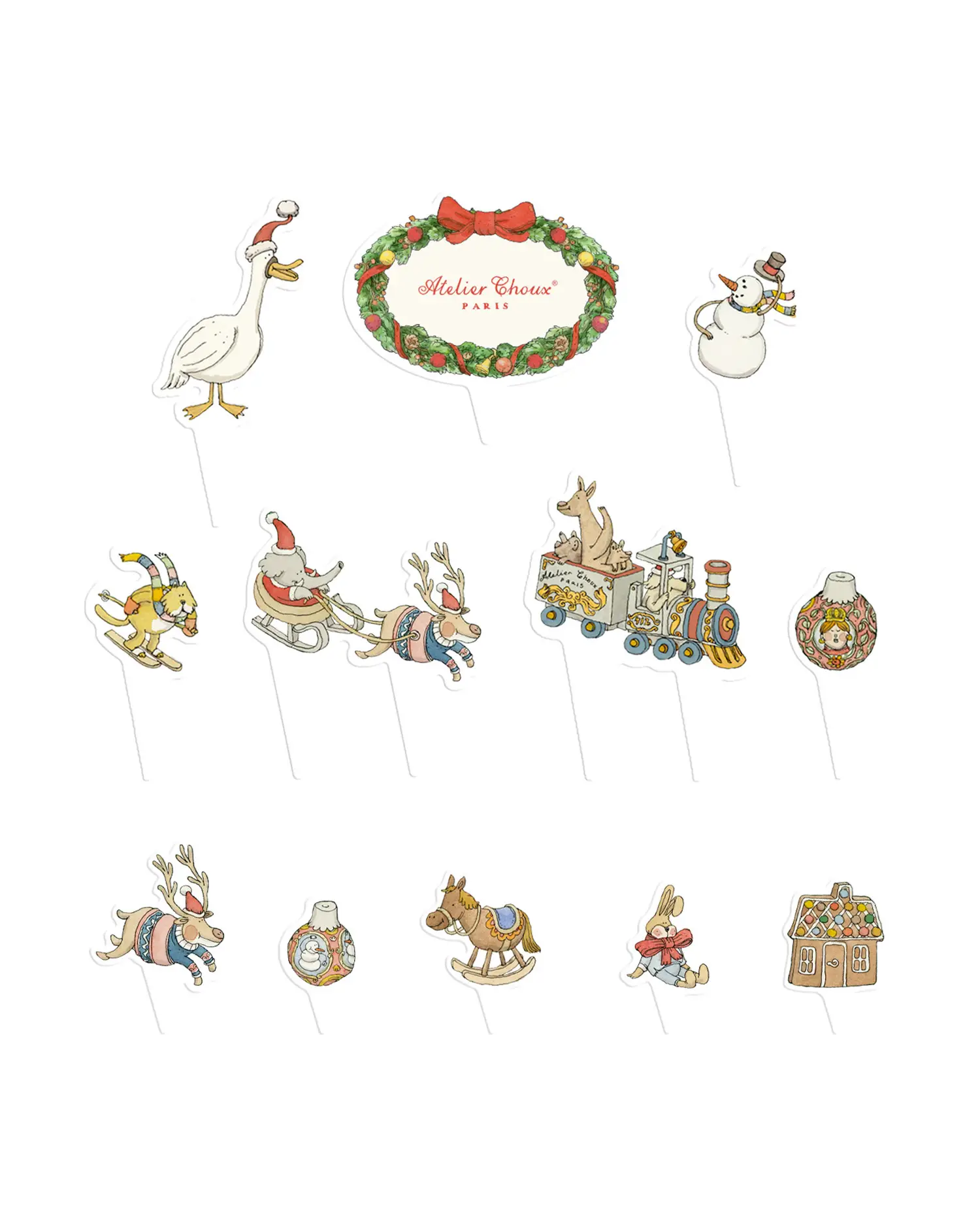
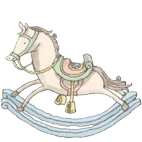 Babies
Babies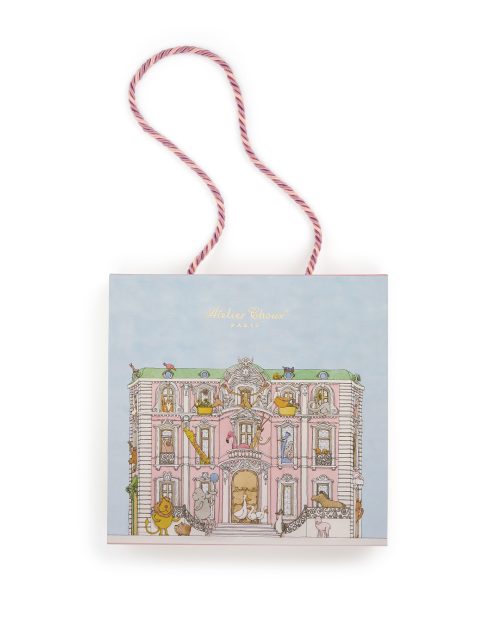
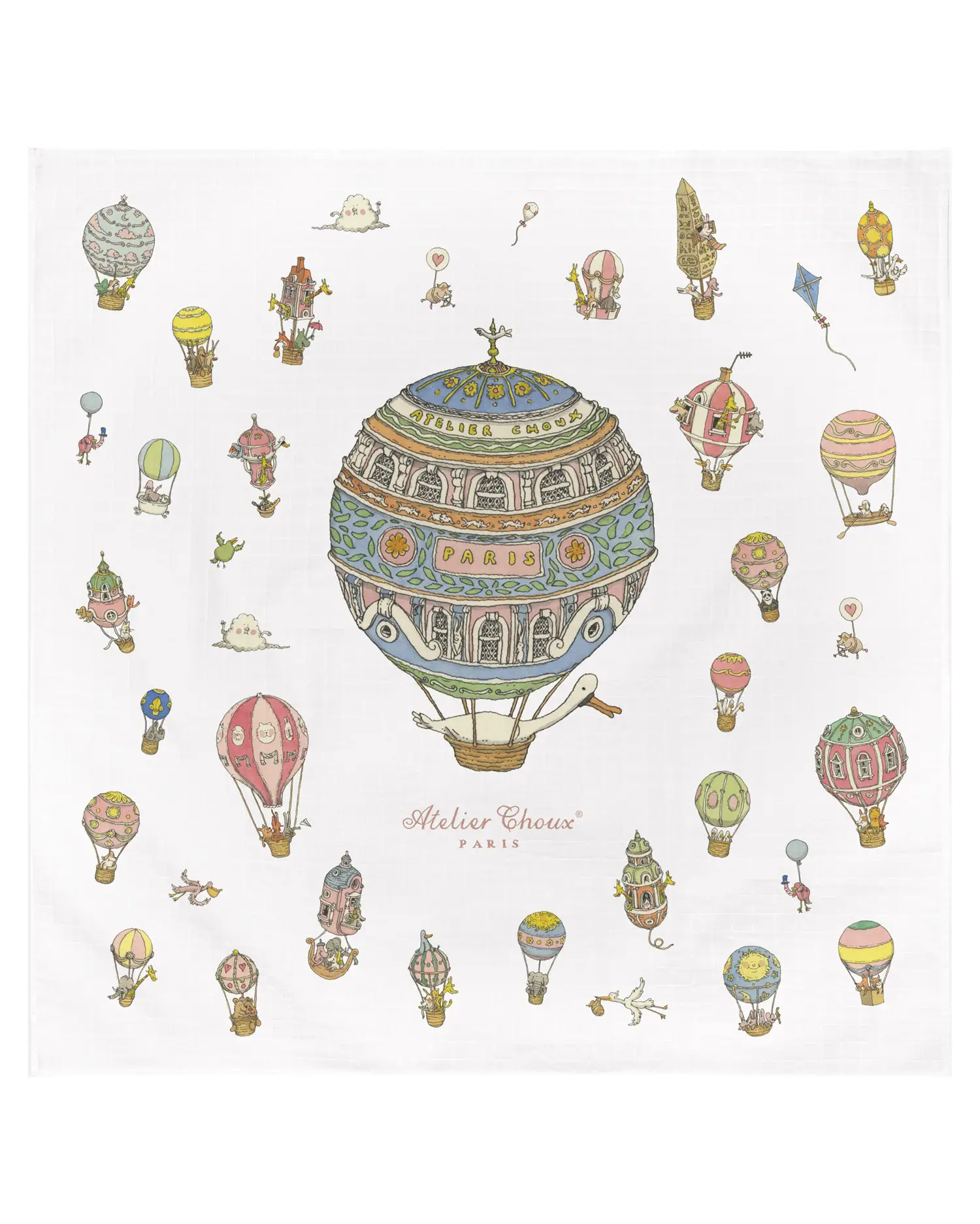
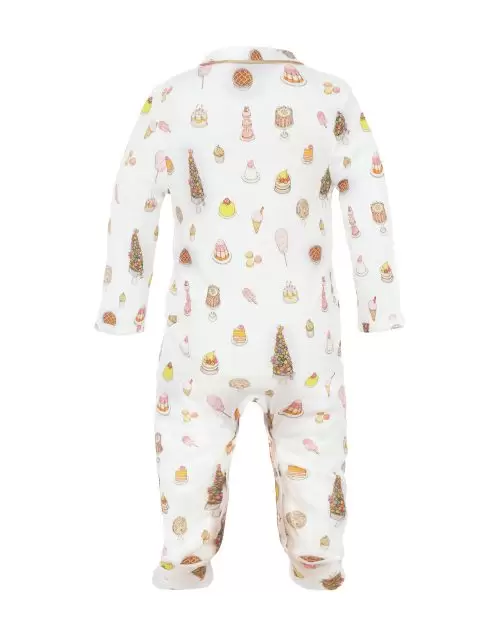
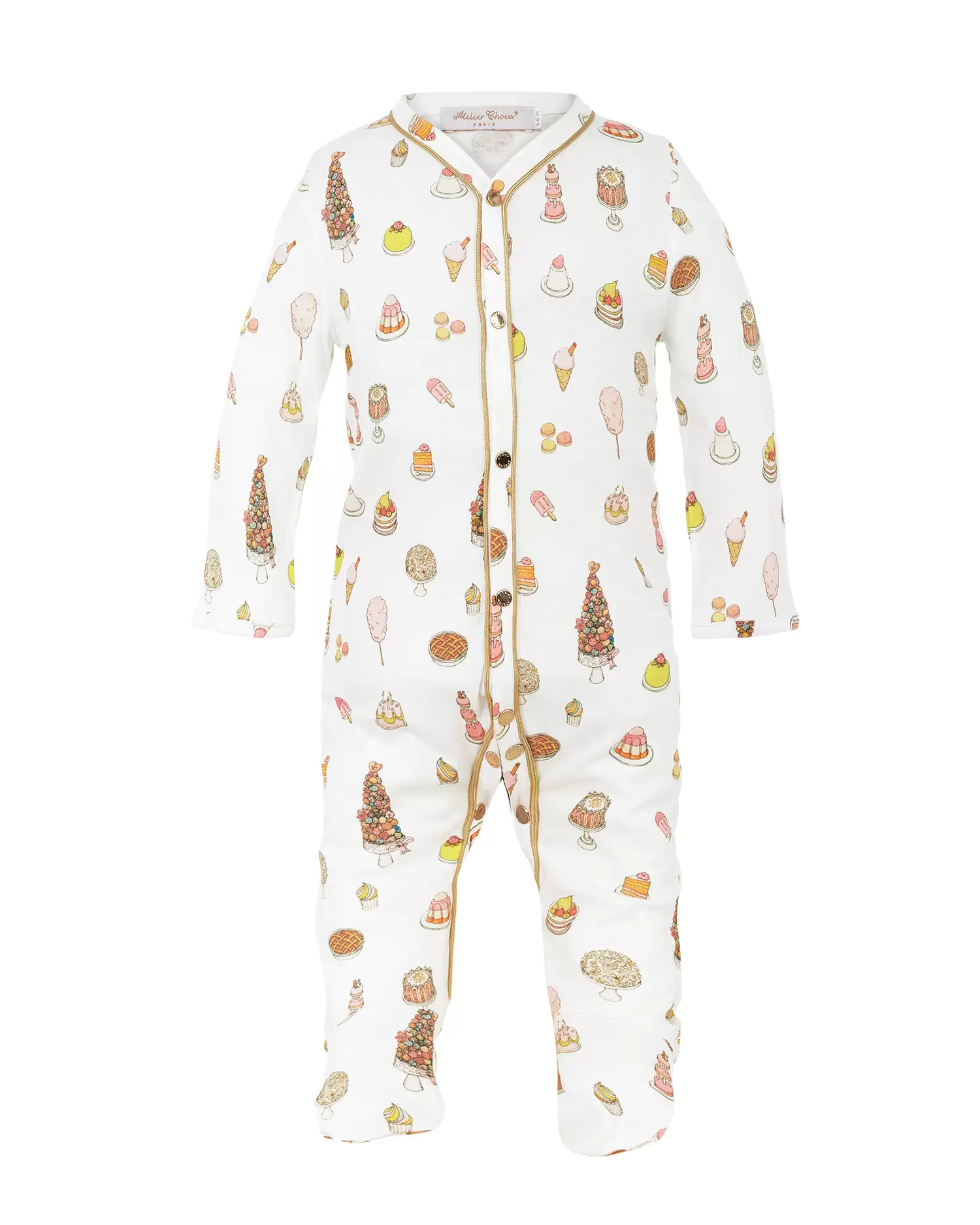
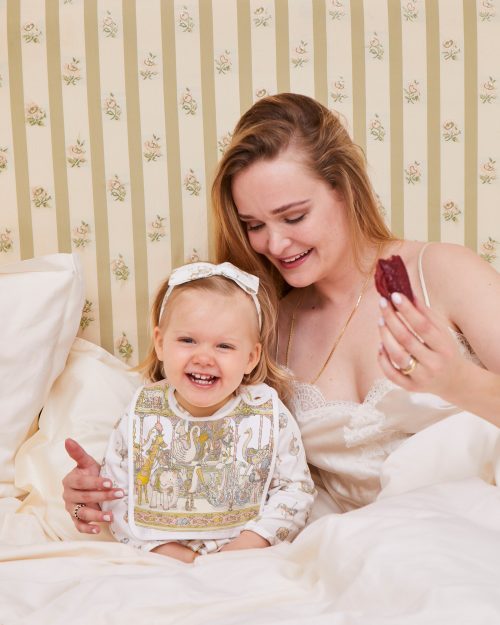

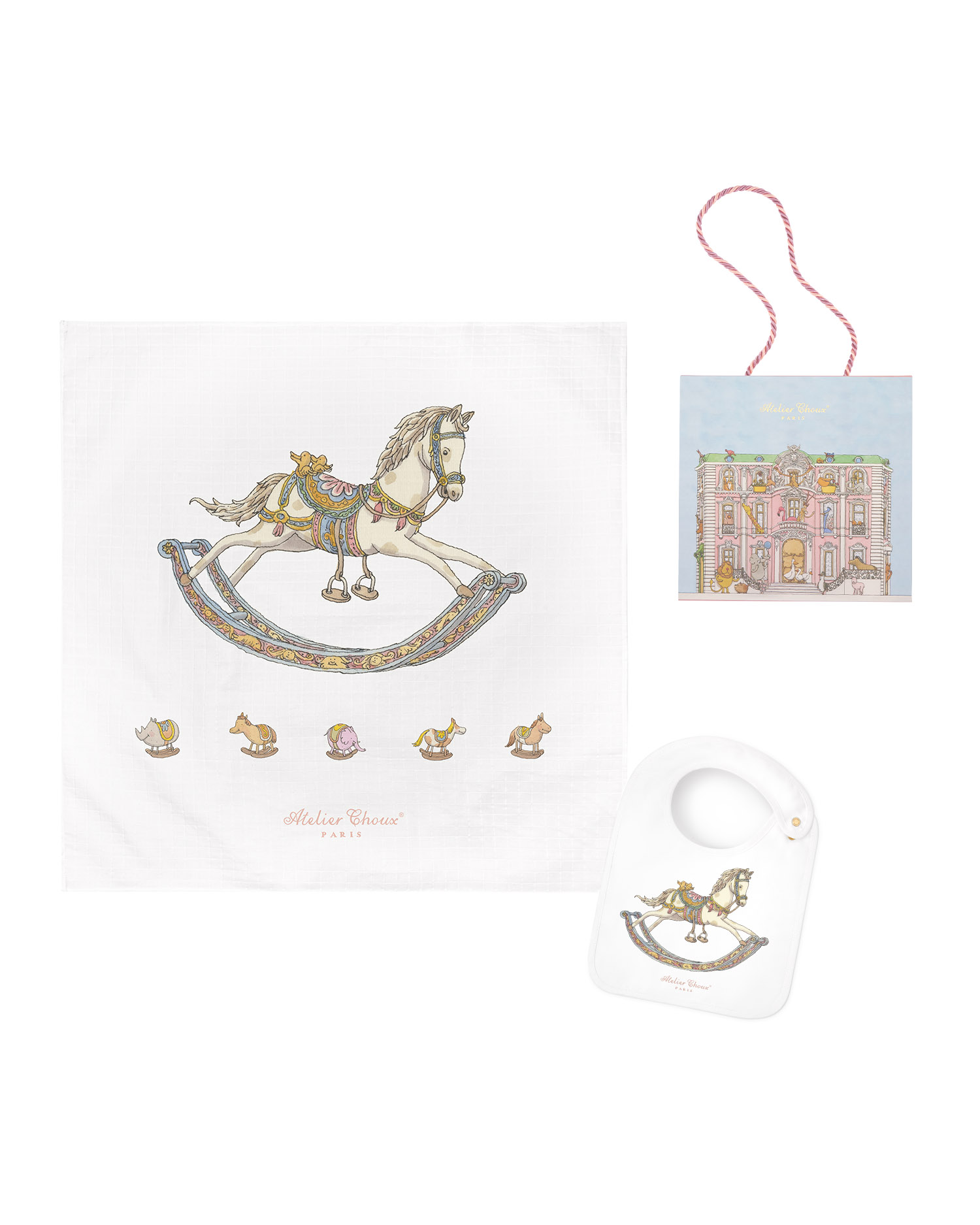
 Kids
Kids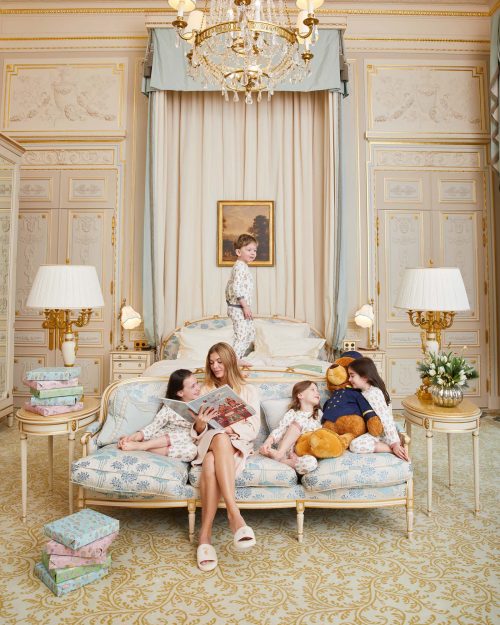

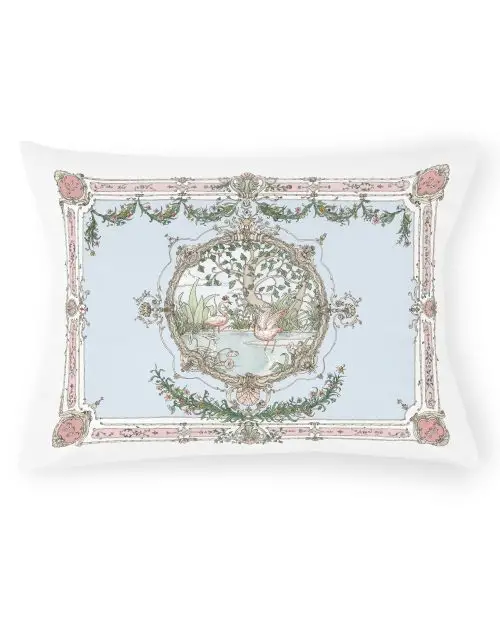
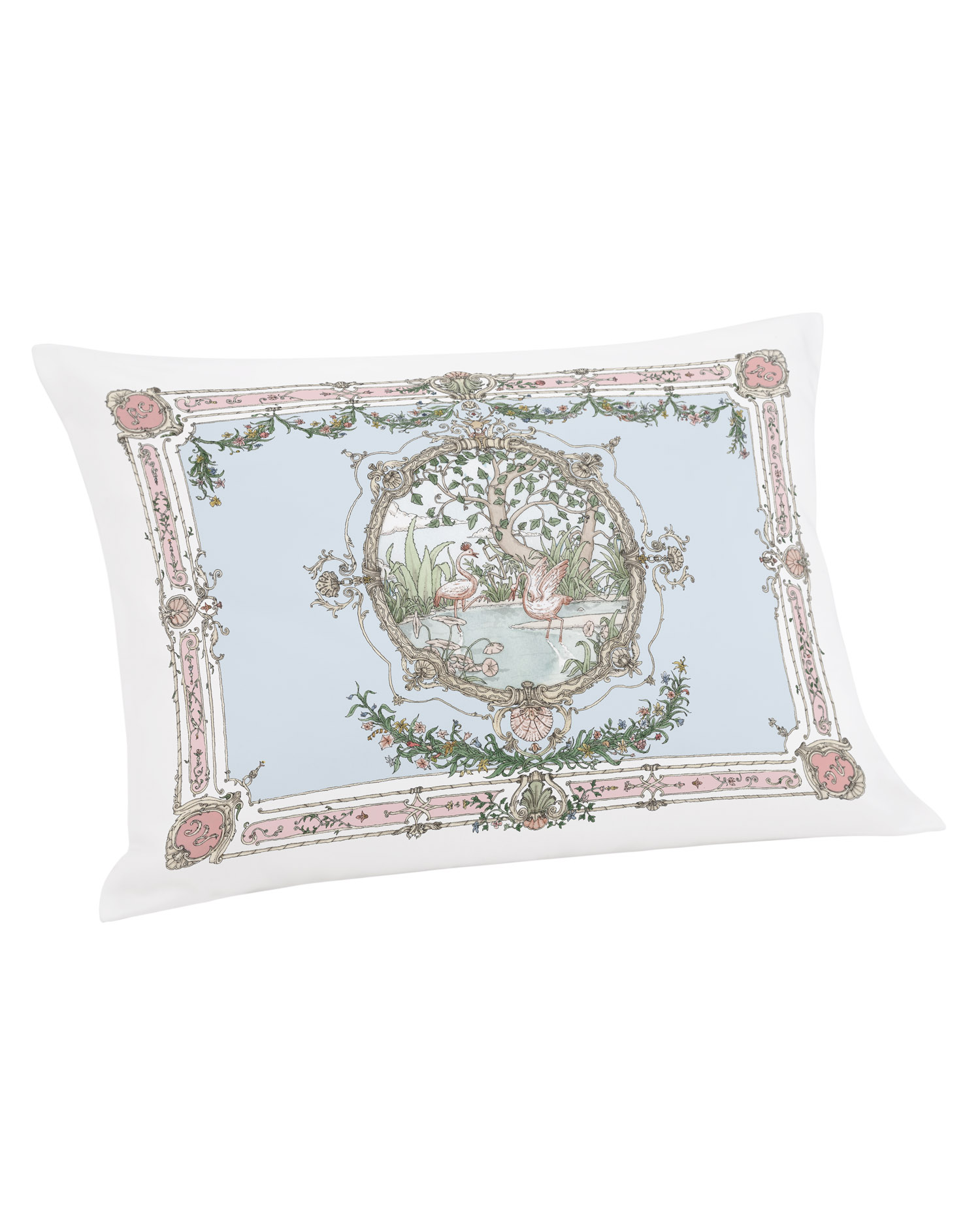
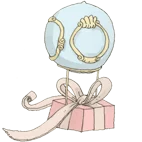 Gifts
Gifts
